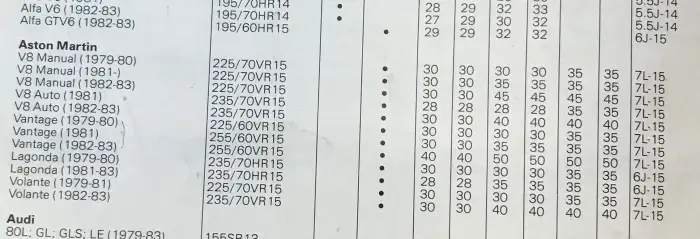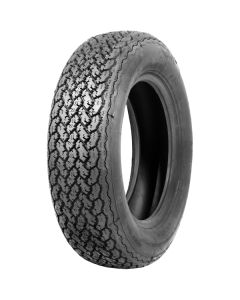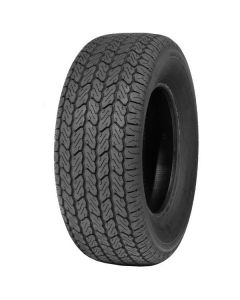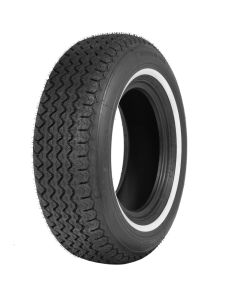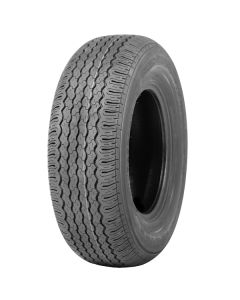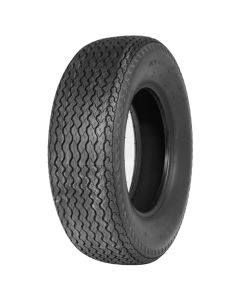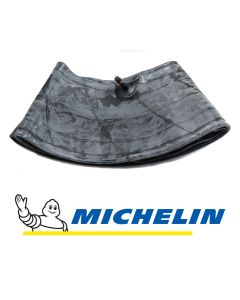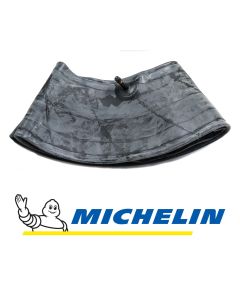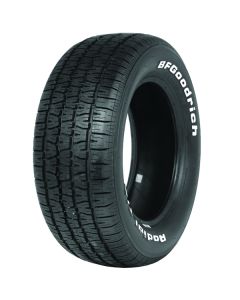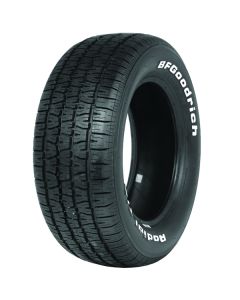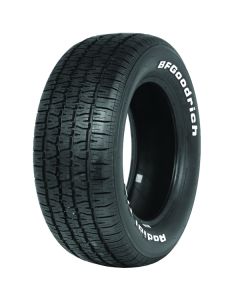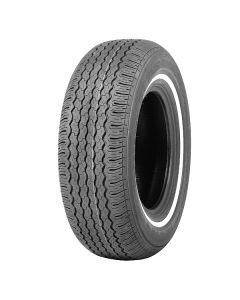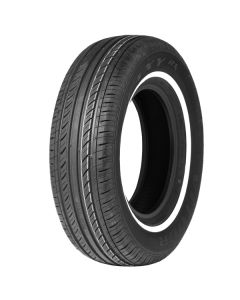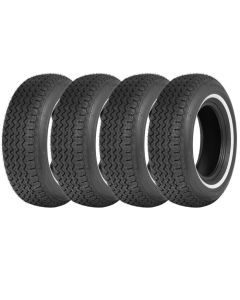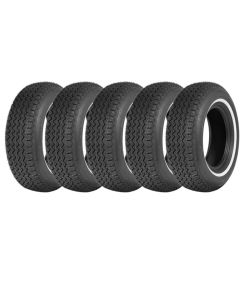Aston Martin Lagonda Tyres
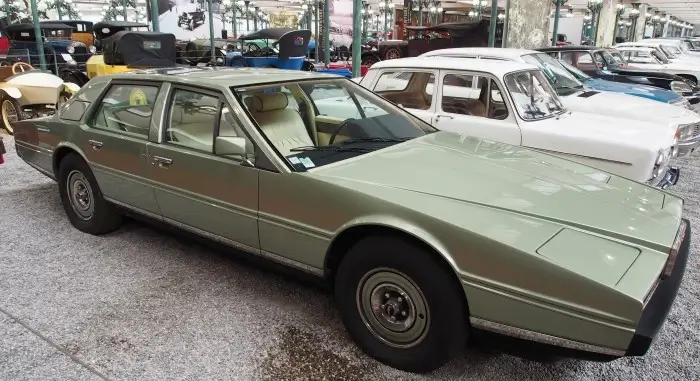
1982 Aston Martin Lagonda Series 2 V8 309hp
Aston Martin Lagonda 1974–1990
- The first Aston Martin Lagonda cars fitted 225/70R15 tyres. We would recommend 225/70 WR 15 Michelin XWX as the most sporting tyre in that size.
- In 1978 The Aston Martin Lagonda increased the tyre size. We suggest that the 235/70R15 Michelin XVS Whitewall, is by far the best handling tyre in this size.
- The 235/70R15 Michelin XVS Whitewall is asymmetric, so it can only be worn with the whitewall side pointing out.
- If you need a 235/70R15 tyre but do not want a whitewall then we suggest the 235/70 R 15 Avon Turbosteel.
- For the final few years production, the Lagonda followed the fashion of the Aston Martin Vantage and fitted 255/60 WR 15 PIRELLI CINTURATO CN12 tyres.
- In the 70's Aston Martin often fitted 225/70 VR 15 Avon ACR3 tyres as it was such a good value tyre, however, the European sportscars of the period fitted Michelin of Pirelli, so for the earlier cars we recommend the 225/70 WR 15 Michelin XWX that was fitted to the Ferrari 512BB.
- Our period fitment guides inform us that the Lagonda was released on tubeless wheels with tubeless tyres, see our Innertube Guides for confirmation.
- Tyres with a profile below 70% (eg 255/60 WR 15 PIRELLI CINTURATO CN12) cannot fit innertubes. Tyres with a profile of 70% or more can fit innertubes.
- The correct innertube for 225/70 WR 15 tyres is the Michelin 15/17H, and for 235/70 R15 tyres the Michelin 15J is the correct tube. The Lagonda has tubeless wheels, so innertubes are not a requirement.
History of the Aston Martin Lagonda
Built between 1974-1990, the Aston Martin Lagonda was a luxury 4-door saloon with 645 built across two versions; a short-lived saloon based on the Aston Martin V8 and the more modern 1976 version. Designed by William Towns, the Lagonda was the first production car in the world to use computer management and a digital instrument panel.
In the mid-1970s, Aston Martin was having financial difficulties and needed something to bring in some much-needed revenue. Aston Martin had previously focused on 2+2 sports cars, but the Lagonda was a four-door saloon. Hundreds of contributions were received as soon as it was launched, increasing Aston Martin's cash reserves.The wedge-shaped appearance of the 1976 model stood apart from other automobiles of the time. Following the manufacturing of seven Series 1 vehicles, William Towns developed the Lagonda from the ground up in 1976 as an extreme rendition of the famous 1970s "folded paper" form. For Aston Martin, it was an unusual design. The Lagonda, along with iconic contemporaries like as the Lamborghini Countach, Lotus Esprit, and DMC DeLorean, is widely cited as one of the most distinctive wedge-shaped designs.
The Lagonda had striking styling, a luxurious leather interior, and (for the time) cutting-edge electronics. Coupled to a Chrysler three-speed "TorqueFlite" automatic gearbox, the four-cam carbureted V8 delivered poor fuel efficiency, which was unaffected by the Series 3's switch to fuel injection. Throughout the company's history, the hand-built Lagonda has been among the most costly luxury saloons in the world. The Rolls-Royce Silver Spirit/Silver Spur and the Bentley Mulsanne were the only two production automobiles that came close to matching their price.
The Lagonda was the first mass-produced vehicle to include a computerised instrument display. On the Lagonda, the development cost for the electronics alone was four times the budget for the entire vehicle. The Series 3's instrumentation was powered by cathode ray tubes, which proved even less dependable than the previous model's light-emitting diode (LED) display. It was voted one of the 50 ugliest vehicles of the previous 50 years by Bloomberg Businessweek, and Time magazine included it in their list of the "50 Worst Cars of All Time," characterising it as a mechanical "catastrophe" with electronics that would be spectacular if they ever functioned.
Innertube Guides
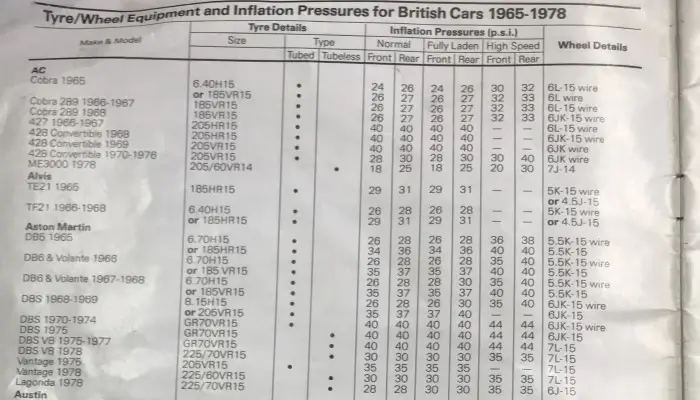
1963-1978 Dunlop Fitment Guide
